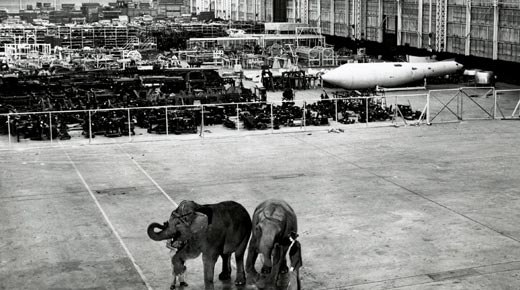Have you heard this? “Just because this department is a bit dingy—and it’s sometimes harder than heck to get the scoop on things—doesn’t mean it’s a bad place. Good work happens here. In fact, we’ve been doing darn good work in this area long before you showed up with a bucket of hope called workplace visuality.”
|
ADVERTISEMENT |
There’s an elephant in the room at the start of any change process, the pet of the local team. The elephant is called the past. And the team is the tribe that owns it. The past is the tribal think. And that past predates your improvement initiative. It predates your plans. The past is a formidable force. Here’s another way to say this: Most human reason happens below the radar of awareness and is driven not so much by a desire to get good grades or win the Nobel Prize. Human reason is driven by the need to survive—and central to that is the need to belong.
…

Add new comment